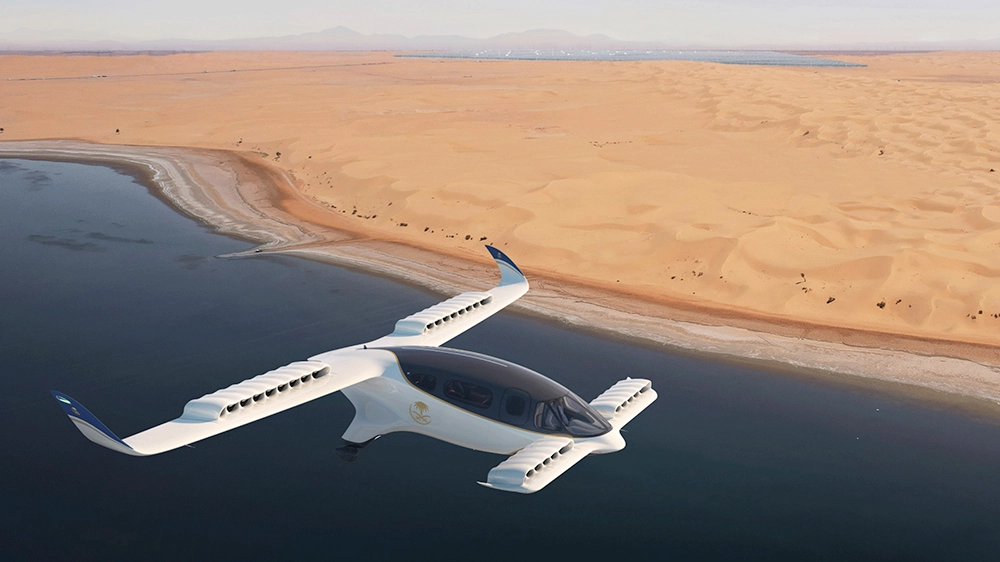Private aviation has come under scrutiny in recent years due to its contribution to greenhouse gas emissions. However, the industry has recognized the need to reduce its carbon footprint and has pledged to reach zero carbon emissions by 2050. Achieving this goal will require a combination of measures, including adopting sustainable aviation fuels, developing of hybrid and electric aircraft, and using innovative technologies such as hydrogen fuel cells.
The first step towards achieving zero carbon emissions in private aviation is to increase the use of sustainable aviation fuels (SAFs). SAFs are produced from renewable sources such as agricultural waste and can reduce carbon emissions by up to 80% compared to conventional jet fuels. The private aviation sector has already taken significant steps toward increasing the use of SAFs. In 2020, over 5 million gallons of SAF were used in private aviation, up from just 22,000 gallons in 2016. Continued investment in SAFs could help the industry reach its zero carbon emissions goal by 2050.

Another promising solution is the development of hybrid and electric aircraft. Electric and hybrid aircraft has the potential to significantly reduce carbon emissions, particularly for shorter flights. Several private aviation companies have already started investing in these technologies. For example, the Canadian company Harbour Air has developed the world’s first electric seaplane and plans to electrify its entire fleet by 2025. Similarly, the Swiss company Pilatus has developed a hybrid-electric business aircraft that could reduce emissions by up to 30%.

However, the adoption of electric and hybrid aircraft will require significant investment in infrastructure, including charging and maintenance facilities. There are also challenges around battery technology and range limitations that need to be overcome. Despite these challenges, the development of hybrid and electric aircraft offers a promising pathway toward achieving zero carbon emissions in private aviation.
Finally, innovative technologies such as hydrogen fuel cells and carbon capture and storage (CCS) could also significantly achieve zero carbon emissions. Hydrogen fuel cells produce electricity by combining hydrogen and oxygen, with water being the only byproduct. This technology has already been successfully trialed in small aircraft and could be scaled up to larger aircraft in the future. Meanwhile, CCS involves capturing carbon emissions and storing them underground, thereby preventing them from entering the atmosphere.





